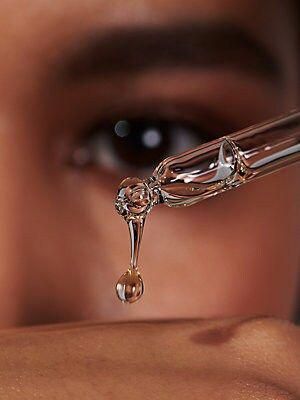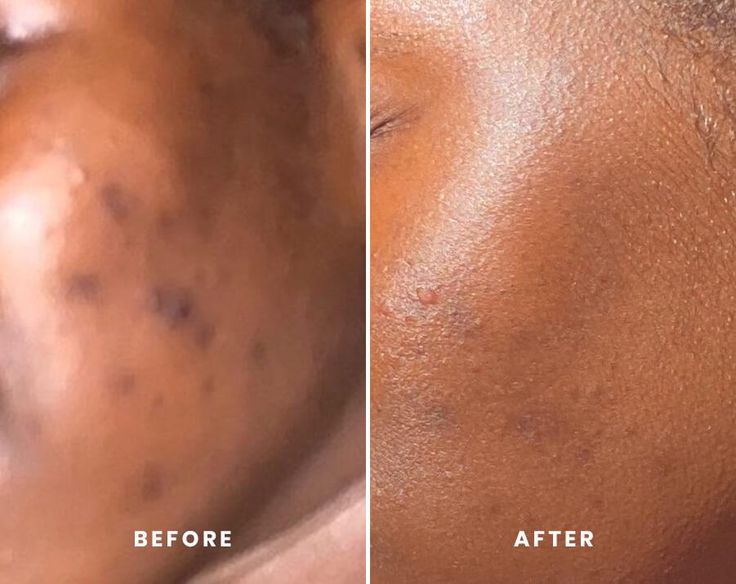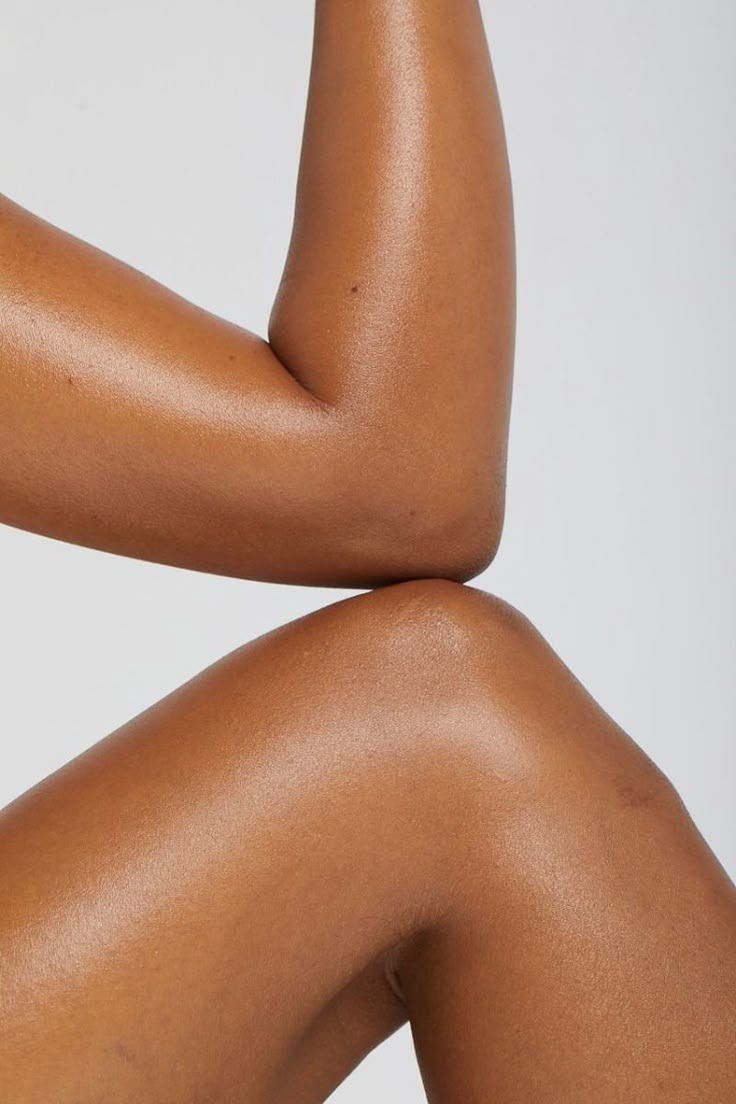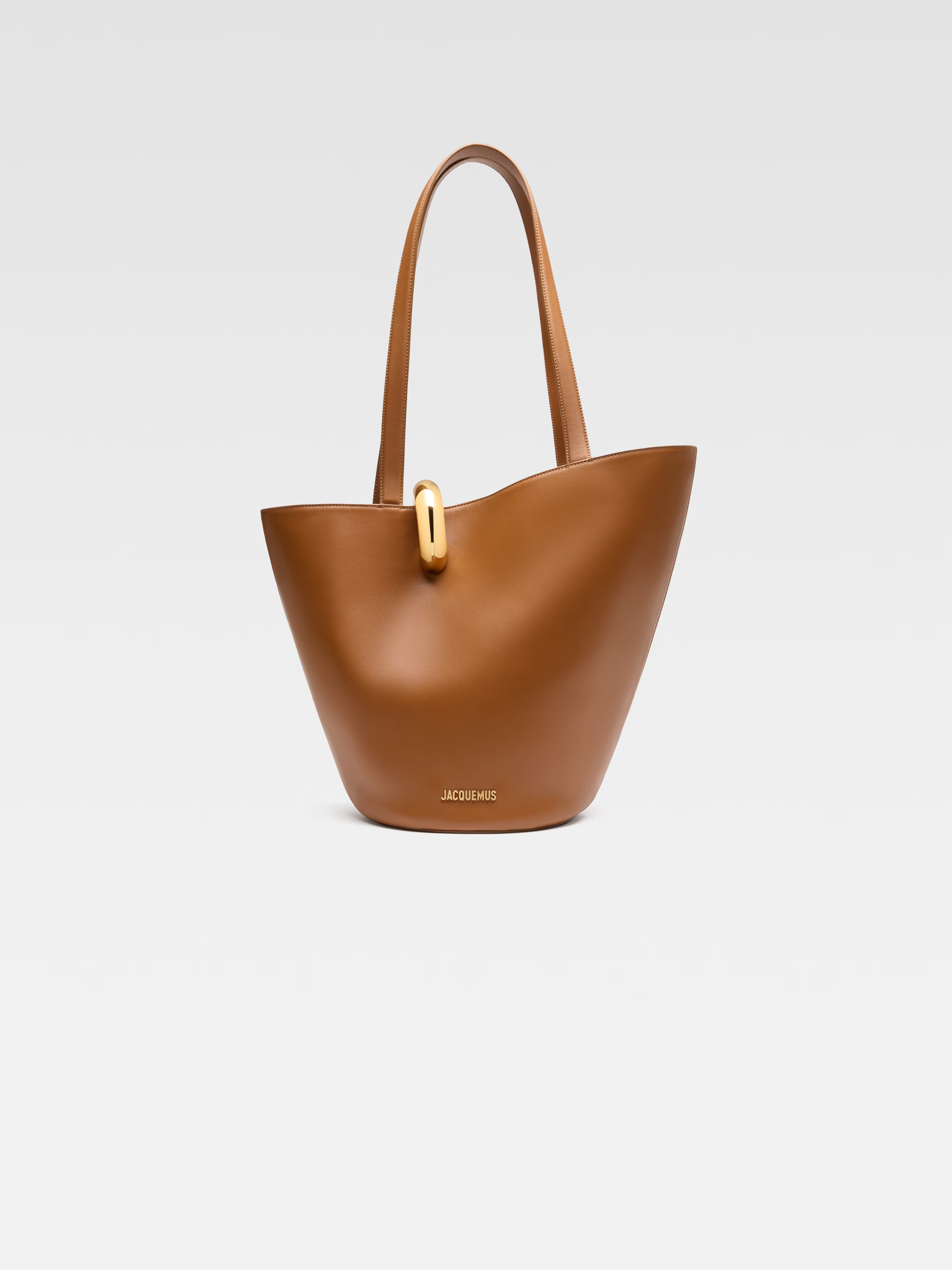Bye, Bye Hyperpigmentation: Get Clear, Even-Toned Skin
Hyperpigmentation—whether caused by acne scars, sun damage, or melasma—is a complex skin concern that requires a targeted, scientific approach. While quick fixes don’t exist, consistent use of the right ingredients can significantly reduce discoloration and restore skin’s natural luminosity.
If you’re looking to refine your routine and combat uneven skin tone with precision, here’s a dermatologist-approved skincare strategy that will help you achieve a balanced, radiant complexion.
Step 1: Gentle & Effective Cleansing
Cleansing is foundational to any skincare routine, but for hyperpigmentation, the focus should be on maintaining skin barrier integrity while preparing the skin for active ingredients.
Look for:
- Niacinamide – Reduces inflammation and regulates melanin production.
- Licorice Root Extract – Inhibits tyrosinase, the enzyme responsible for melanin synthesis.
- pH-balanced formulas – Maintain skin’s natural protective barrier.
Avoid:
- Harsh sulfates that strip the skin.
- Over-exfoliating cleansers, which may cause irritation and exacerbate hyperpigmentation.
Best picks:
CeraVe Hydrating Cream-to-Foam Cleanser (barrier-friendly, non-stripping)
La Roche-Posay Toleriane Hydrating Gentle Cleanser (soothes and hydrates)
Youth to the People Superfood Cleanser (antioxidant-rich formula)
Step 2: Exfoliation—Accelerate Skin Renewal
Regular exfoliation is critical for removing pigmented surface cells and increasing cellular turnover. The key is chemical exfoliation, which dissolves bonds between dead skin cells without causing microtears.
Look for:
- AHAs (Glycolic & Lactic Acid) – Promote epidermal cell turnover.
- BHA (Salicylic Acid) – Penetrates pores, reducing post-inflammatory hyperpigmentation.
- Mandelic Acid – A gentler alternative for sensitive skin.
Avoid:
- Aggressive scrubs that can lead to irritation-induced hyperpigmentation.
- Daily exfoliation—overuse weakens the skin barrier and increases sensitivity.
Best picks:
The Ordinary Glycolic Acid 7% Toning Solution (resurfaces and brightens)
Paula’s Choice 2% BHA Liquid Exfoliant (ideal for acne-prone skin)
Naturium Mandelic Acid 12% (gentle yet effective for deeper pigmentation)
Pro tip: Begin with 2-3 applications per week, gradually increasing frequency based on tolerance.
Step 3: Targeted Treatments
This is where skincare becomes highly strategic. Effective treatment requires the use of melanin-inhibiting actives that regulate pigment production at a cellular level.
Key Ingredients & Their Mechanisms:
- Vitamin C (Ascorbic Acid) – An antioxidant that neutralizes free radicals, inhibits tyrosinase, and boosts collagen synthesis.
- Niacinamide – Regulates melanosome transfer, preventing excess pigmentation.
- Tranexamic Acid – Reduces persistent pigmentation and melasma.
- Alpha Arbutin – A derivative of hydroquinone that safely brightens discoloration over time.
Best picks:
Skinceuticals C E Ferulic (gold-standard vitamin C formulation)
The Ordinary Alpha Arbutin 2% + HA (affordable and effective)
Naturium Tranexamic Topical Acid (targets stubborn hyperpigmentation)
Glow Recipe Guava Vitamin C Serum (multi-pathway brightening formula)
Pro tip: Apply vitamin C in the morning for UV protection and use niacinamide in the evening to calm inflammation and regulate pigment production.

Step 4: Barrier Support & Hydration
A compromised skin barrier worsens hyperpigmentation by increasing inflammation and reducing the skin’s ability to heal properly. A well-formulated moisturizer acts as a sealant, ensuring optimal function of active ingredients.
Look for:
- Ceramides & Peptides – Strengthen skin barrier function.
- Hyaluronic Acid & Glycerin – Hydrate and support moisture retention.
- Niacinamide – Adds an extra layer of anti-inflammatory protection.
Best picks:
CeraVe PM Facial Moisturizing Lotion (rich in ceramides & niacinamide)
First Aid Beauty Ultra Repair Cream (deep hydration for sensitive skin)
La Roche-Posay Toleriane Double Repair Face Moisturizer (barrier-repairing formula)
Step 5: Sun Protection—The Most Crucial Step
Without daily broad-spectrum sun protection, all previous efforts become ineffective. UV radiation triggers melanin production, leading to persistent dark spots and worsening of existing hyperpigmentation.
Look for:
- SPF 30 or higher for adequate daily protection.
- Mineral sunscreens (Zinc Oxide & Titanium Dioxide) for sensitive skin.
- Niacinamide-infused SPF for added brightening benefits.
Avoid:
- Skipping sunscreen indoors—UV rays penetrate windows.
- Assuming makeup with SPF is sufficient (it’s not).
Best picks:
EltaMD UV Clear SPF 46 (formulated with niacinamide)
La Roche-Posay Anthelios Melt-In Milk SPF 60 (broad-spectrum, lightweight)
Black Girl Sunscreen SPF 30 (moisturizing, zero white cast)
Pro tip: Reapply every 2-3 hours, especially if outdoors.
Advanced Treatments for Persistent Hyperpigmentation
If topical treatments alone are not enough, consider in-office dermatological procedures:
Chemical Peels (Glycolic, Lactic, or TCA Peels) – Accelerate pigment shedding.
Microneedling – Stimulates collagen production, reducing post-inflammatory marks.
Laser Therapy (Fraxel, Q-Switch, or IPL) – Targets deep pigment deposits.
Consult a board-certified dermatologist before pursuing professional treatments, as some may not be suitable for darker skin tones.
The Go-To Daily Routine
Morning Routine:
Gentle Cleanser
Vitamin C Serum
Lightweight Moisturizer
Broad-Spectrum SPF
Night Routine:
Cleanser
Chemical Exfoliant (2-3x/week)
Targeted Treatment (Niacinamide, Tranexamic Acid, or Alpha Arbutin)
Barrier-Strengthening Moisturizer
Retinol (if tolerated, for increased cell turnover)
Achieving a clear, even-toned complexion requires scientific precision, consistency, and patience. While hyperpigmentation is stubborn, it is also highly treatable when approached strategically.
Invest in your skincare, stay committed, and trust the process—your skin will reward you. Most importantly look at the habits that are causing the scarring and focus on what you put inside of your body just as much as what you put on it.







